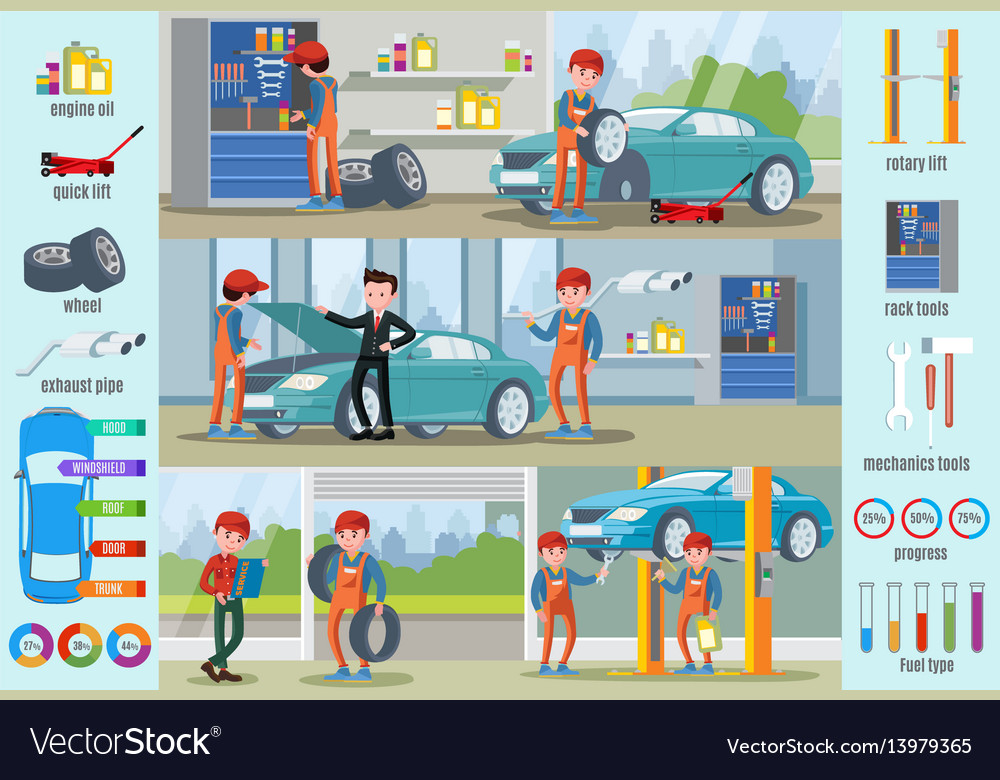Interpreting Your Car'S Alert Lights: Their Real Ramifications
Interpreting Your Car'S Alert Lights: Their Real Ramifications
Blog Article
Writer-Sykes Kejser
When you're behind the wheel, those radiant caution lights on your control panel can be a bit bewildering. Do click this over here now recognize what they're trying to inform you concerning your vehicle's health and wellness? Recognizing the significance of these lights is crucial for your security and the long life of your vehicle. So, the following time among those lights turns up, would not you wish to decipher its message properly and take the necessary actions to address it?
Common Warning Lights and Interpretations
Determine common caution lights in your cars and truck and recognize their significances to ensure safe driving.
One of the most typical caution lights include the check engine light, which signals concerns with the engine or exhausts system. If this light begins, it's crucial to have your automobile checked immediately.
The oil stress warning light shows reduced oil pressure, requiring immediate focus to prevent engine damages.
A blinking battery light might recommend a faulty charging system, possibly leaving you stranded otherwise attended to.
The tire stress tracking system (TPMS) light notifies you to reduced tire pressure, influencing car security and fuel effectiveness. Neglecting this could result in risky driving conditions.
The ABS light suggests a trouble with the anti-lock stopping system, endangering your ability to stop swiftly in emergency situations.
Finally, the coolant temperature level warning light warns of engine getting too hot, which can cause serious damages if not resolved swiftly.
Recognizing these usual warning lights will certainly aid you address issues immediately and maintain secure driving conditions.
Significance of Prompt Interest
Recognizing the typical warning lights in your auto is only the primary step; the importance of quickly addressing these cautions can't be stressed sufficient to guarantee your safety when traveling.
When a caution light illuminates on your control panel, it's your car's method of communicating a prospective issue that requires focus. Overlooking these cautions can bring about much more extreme problems down the road, compromising your safety and potentially costing you more in repairs.
Motivate attention to alerting lights can avoid break downs and accidents. As an example, a blinking check engine light could suggest a misfire that, if left neglected, could create damage to the catalytic converter. Addressing this without delay can save you from a costly repair work.
Similarly, car seat shampoo auckland alerting light could signal reduced brake fluid or used brake pads, crucial components for your safety when driving.
Do It Yourself Troubleshooting Tips
If you observe a caution light on your dashboard, there are a few DIY repairing suggestions you can attempt before looking for professional help.
The first step is to consult your vehicle's manual to comprehend what the particular caution light shows. Sometimes the concern can be as easy as a loosened gas cap activating the check engine light. Tightening up the gas cap might resolve the trouble.
An additional usual issue is a reduced battery, which can trigger various advising lights. Inspecting the battery links for corrosion and ensuring they're safe could fix the problem.
If a caution light persists, you can try resetting it by separating the car's battery for a couple of minutes and then reconnecting it. In addition, inspecting your car's liquid degrees, such as oil, coolant, and brake liquid, can assist fix advising lights associated with these systems.
Verdict
Finally, recognizing your car's warning lights is vital for keeping your vehicle running smoothly and securely. By immediately attending to please click the next web page and recognizing what they indicate, you can prevent costly fixings and possible breakdowns.
Keep in mind to consult your car's guidebook for certain details on each warning light and take action accordingly to ensure a trouble-free driving experience.
Keep informed, remain safe when traveling!
